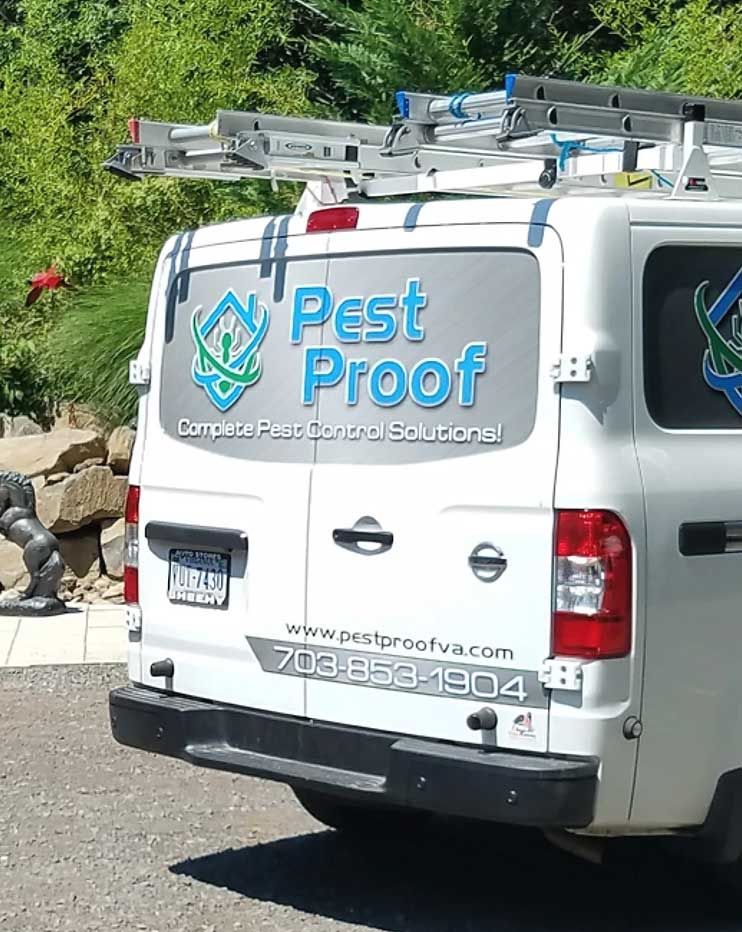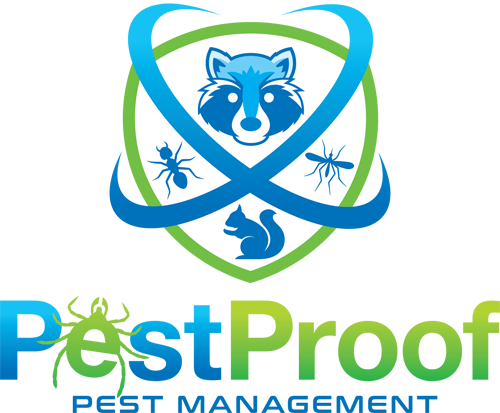Wasp Control & Nest Removal In Manassas, VA
The most common type of wasp is the hornet and yellow jacket. Wasps tend to be solitary insects, but there are those that are social. If in a social group, they form what are called hives.
In each colony, you will most likely always find an egg-laying “Queen” and non-reproducing workers. Like ants, each wasp has its duty and knows its job. They create hives from plant fibers or mud and plant secretion such as resin.
If you spot a wasp hive, do not approach it, even if it looks empty. There are over-the-counter sprays that you can purchase to kill or drive away wasps, but remember wasps attack when threatened.
Contact Pest Proof Pest Management to assist you in maintaining a wasp-free home. We offer wasp control services in Bristow, Gainesville, Haymarket, Marshall, and other surrounding areas!
Why Are Wasps Harmful To Humans?
A wasp will sting you multiple times since their stinger does not get removed as a bee stinger does. A wasp will sting to defend itself, and its hive. A wasp sting can pass quickly and without complication, as long as there is no allergy from the victim. Wasp stings look like a welt and will hurt in the affected area. The swelling and pain go away after a few hours.
Severe reactions to a wasp sting come to those with allergies. A wasp sting can cause anaphylaxis, meaning the body goes into shock from the wasp’s venom. If a person is allergic, they will usually react to the wasp venom immediately. Medical aid will be needed to help treat a person in shock.
Other symptoms of an allergy to a wasp sting are, swelling of the face, lips and throat; hives breaking out in other areas other than where the sting was, difficulty breathing, dizziness and nausea. Consult with your physician to find out if you are allergic and what the symptoms are and how to treat them right away. It is imperative to seek medical attention as soon as possible if you have an allergic reaction to a wasp sting.
How Remove A Wasp Nest In Yard
If you spot a wasp hive, do not approach it, even if it looks empty. There are over the counter sprays that you can purchase to kill or drive away wasps, but remember wasps attack when threatened. It would be easier if you called upon the experts at Pest Proof Pest Management to come and remove the wasps and their nests. We use all natural methods that will be safe for you and the environment. Don’t get stung, call us now.
General Information About Wasps
The most common type of wasp is the hornet and yellow jacket. Wasps tend to be solitary insects, but there are those that are social. If in a social group, they form what are called hives. In each colony, you will most likely always find an egg-laying “Queen” and non-reproducing workers.
Like ants, each wasp has its duty and knows its job. They create hives from plant fibres or mud and plant secretion such as resin. The wasps also supply their secretions when building nests. Wasps will also construct their nests in trees and underneath the ground. Internally the hives look just like a beehive, and brood cells are put together in a honeycomb pattern. On the outside, a wasp hive looks like mud thrown at a wall with an entrance for the wasps to come and go.
Solitary wasps although alone do at times build their homes near other solitary wasps, but are still in charge of providing for their offspring. Solitary wasps have the duty of collecting their food, usually other insects, and materials to build their own nest. They do this for the benefit and protection of their offspring. This care at the beginning stages of a wasp’s young life is the extent of maternal care from their mother.
Wasps can be found all over North America. You will typically see them in meadows, playgrounds, orchards and woodland. Adult wasps feed on nectar, while their young are carnivorous and feed on other insects and spiders. A wasp hive can be built on your home or near it. To prevent getting a painful sting from a wasp, you will want to call on Pest Proof Pest Management to help get rid of the wasps safely.
How To Identify Wasps
Just like any other insect, the look of a wasp is based entirely on species. A wasp’s body is comprised of a head, the mesosoma and metasoma. Their narrow waist, the petiole, connects the mesosoma and metasoma. The mesosoma has the thorax and first segment of the abdomen, while the metasoma has the second segment of the abdomen. Six legs and wings (if male) are attached to the wasp’s body.
On top of all of its components, the wasp has a hard exoskeleton for protection. Male wasps have wings while the females do not. Females do have what is called an ovipositor which they modify to inject venom and saw. Wasps also possess mandibles. They use the mouths to chew and cut.
Wasps come in all types of colors. The most common one is the yellow jacket which is bright yellow and black. Wasps can also be blue, brown and reddish. Evidence has proven that the bright colored wasps, such as yellow jackets, are the stinging wasps. It is best to avoid wasps as their sting can be quite painful.
FAQ:
Pest Proof
Management
Pest Control and Wildlife Removal for
Residential & Commercial
in Manassas, VA, Front Royal, VA, and
Fredericksburg, VA

